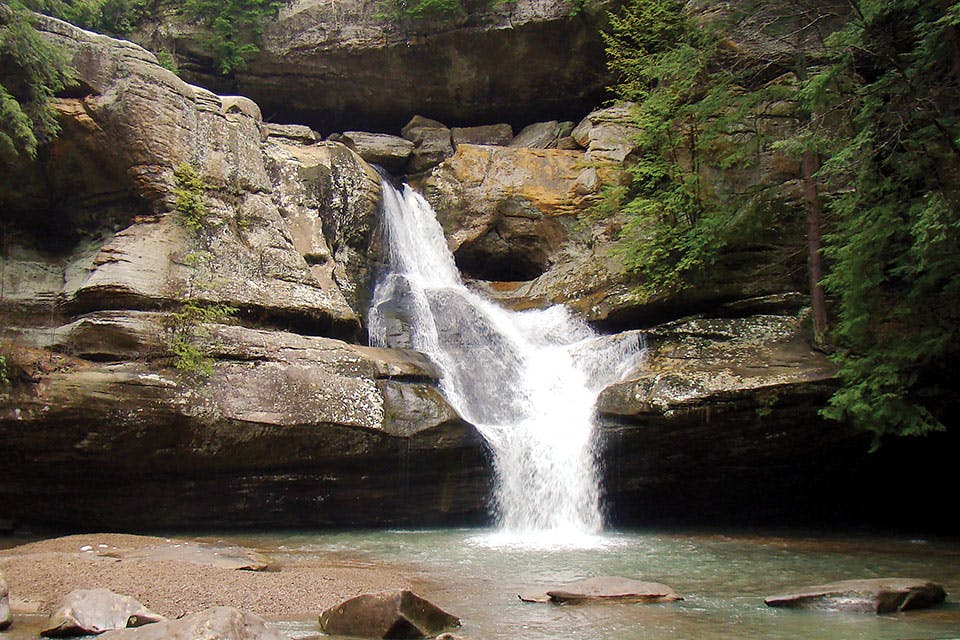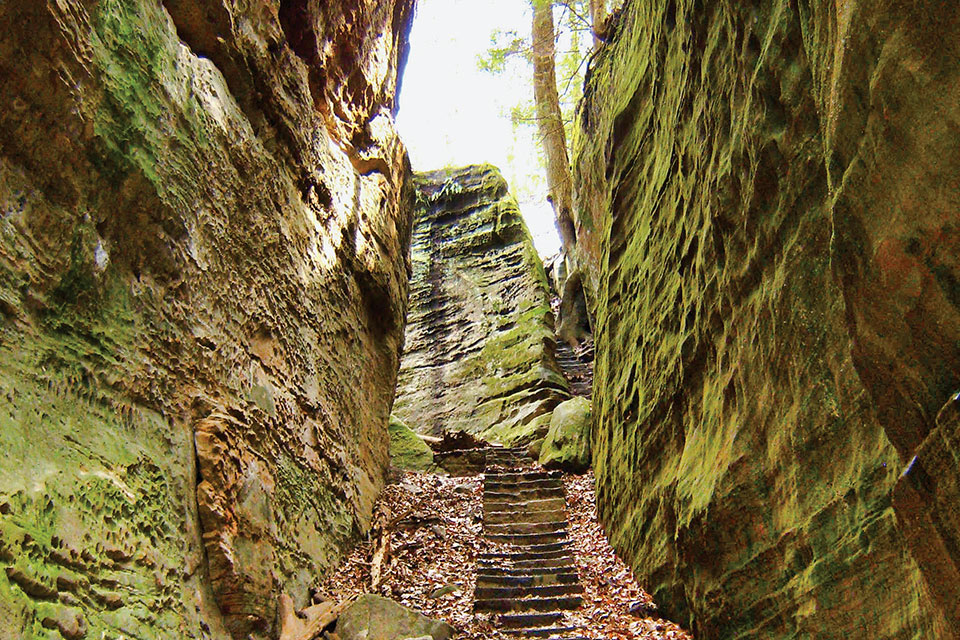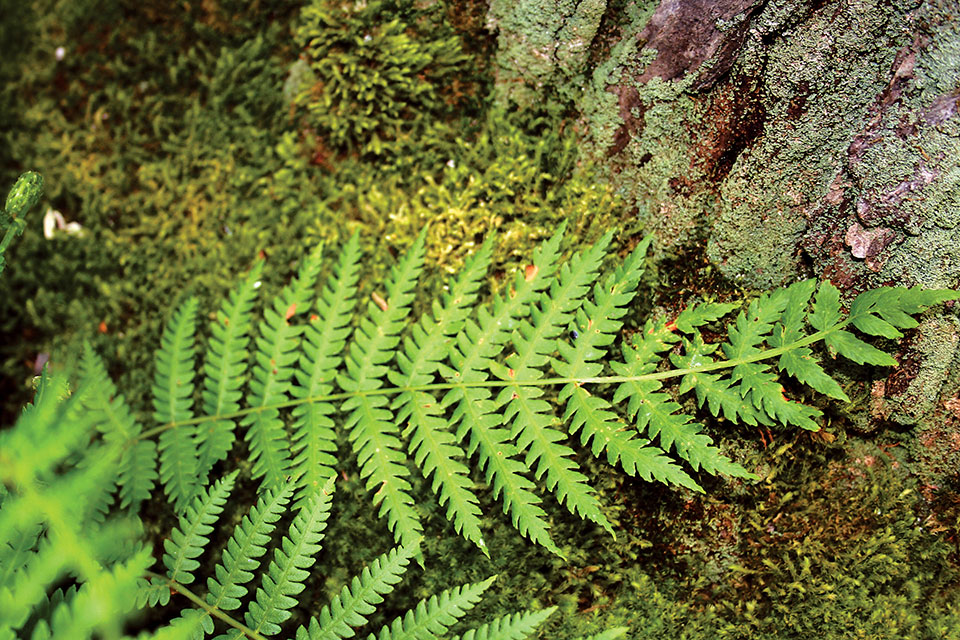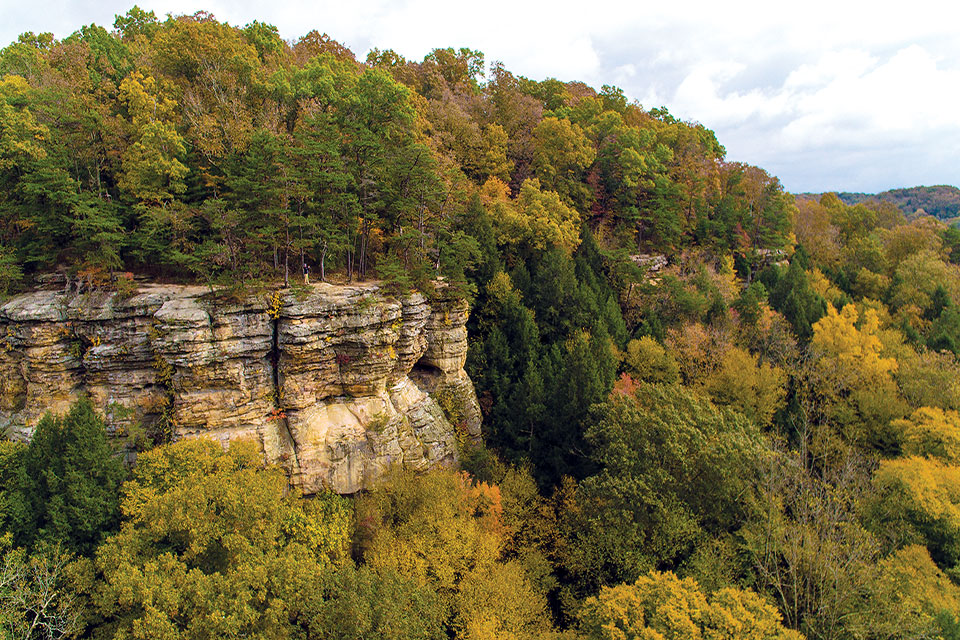Travel
| Hocking Hills
Drive the Hocking Hills Scenic Byway
This drive covers more than 26 miles as it twists and turns through the region and past some of our state’s most popular natural landmarks.
Related Articles

13 Ways to Enjoy Fall in Grove City, Ohio
From a pizza trek and wing festival to an expansive paintball park and historic gardens, this Columbus suburb offers a variety of adventures. READ MORE >>
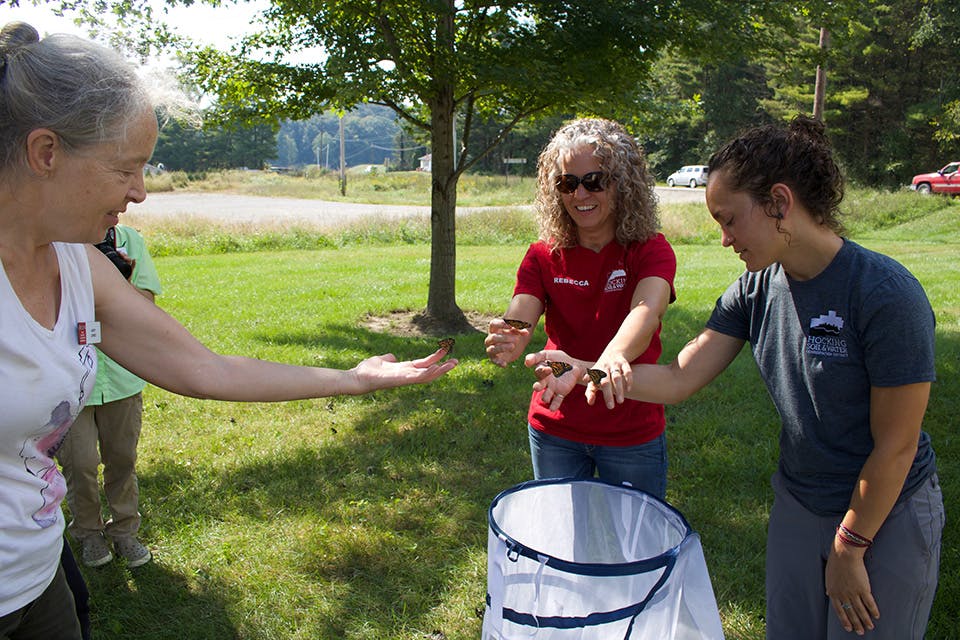
3 Critter Encounters in Hocking Hills State Park
Get up close and personal with butterflies, hummingbirds and moths with this trio of late-summer experiences in the southeast Ohio region. READ MORE >>

Plan a Summer Road Trip Along These 4 Ohio Scenic Byways
Take the long way this season with these routes that offer glimpses of the Buckeye State’s nature, history and heartland. READ MORE >>


